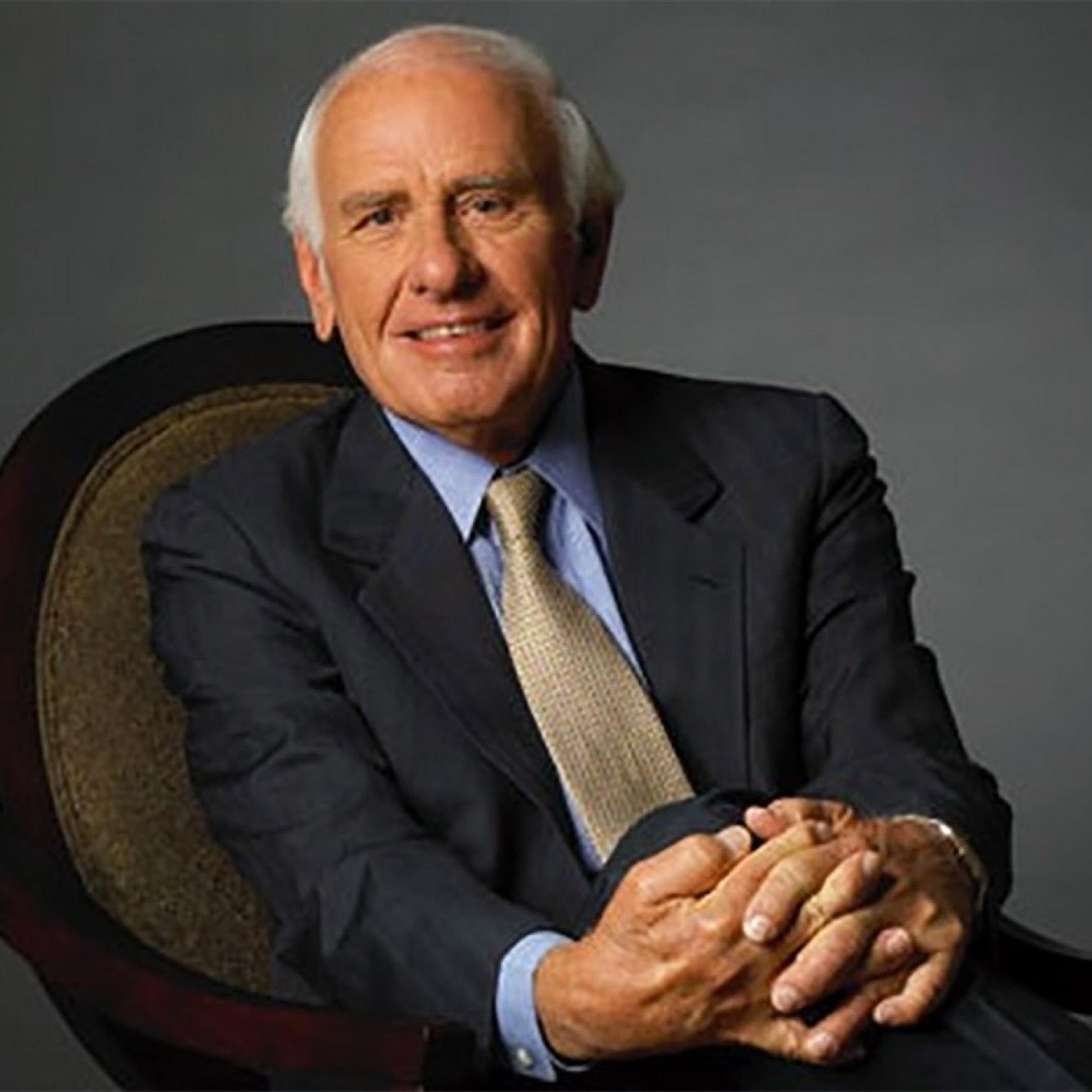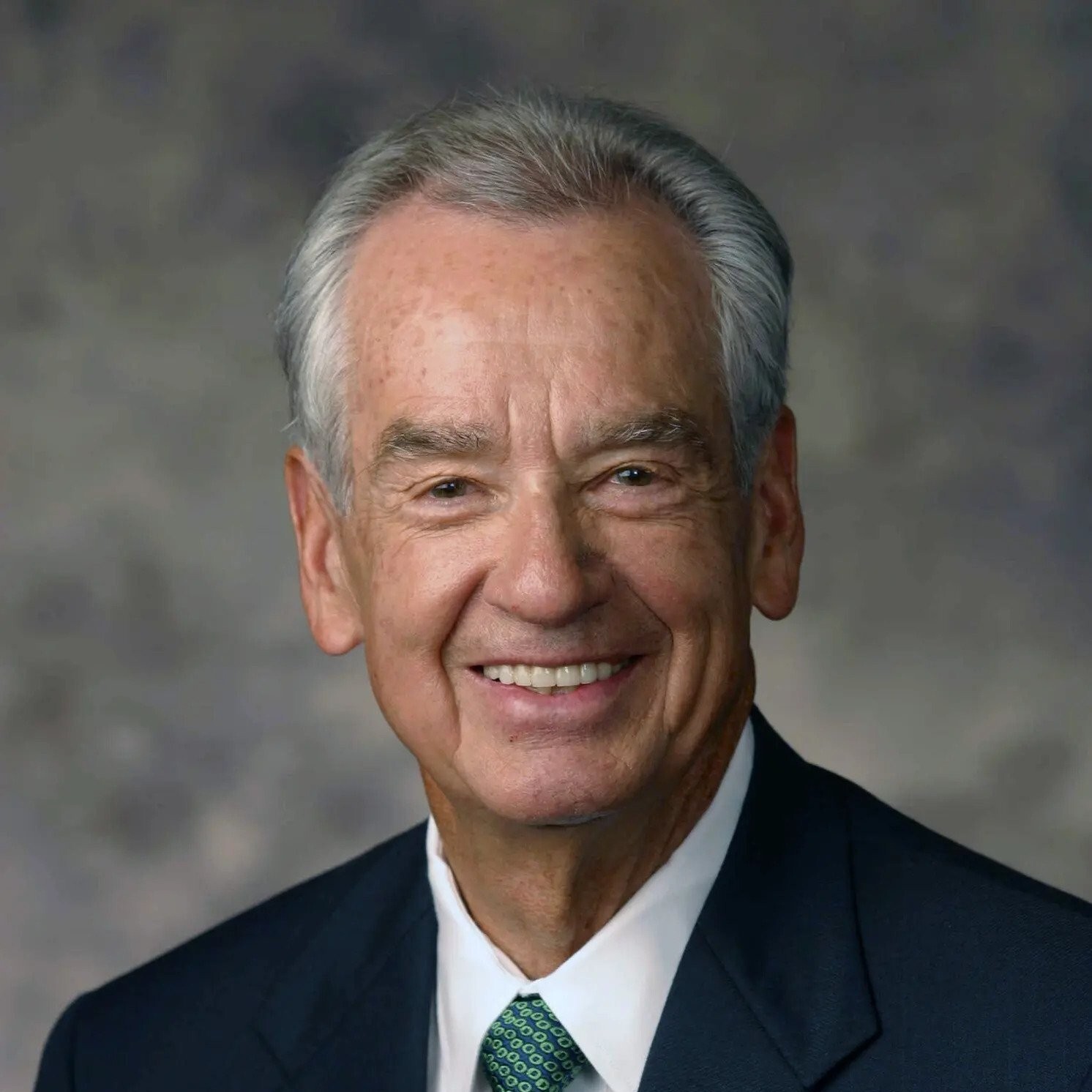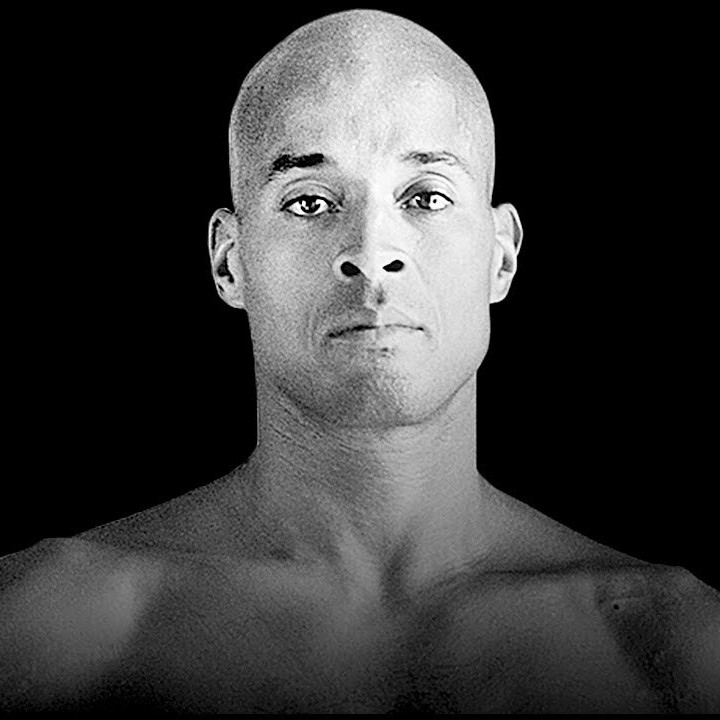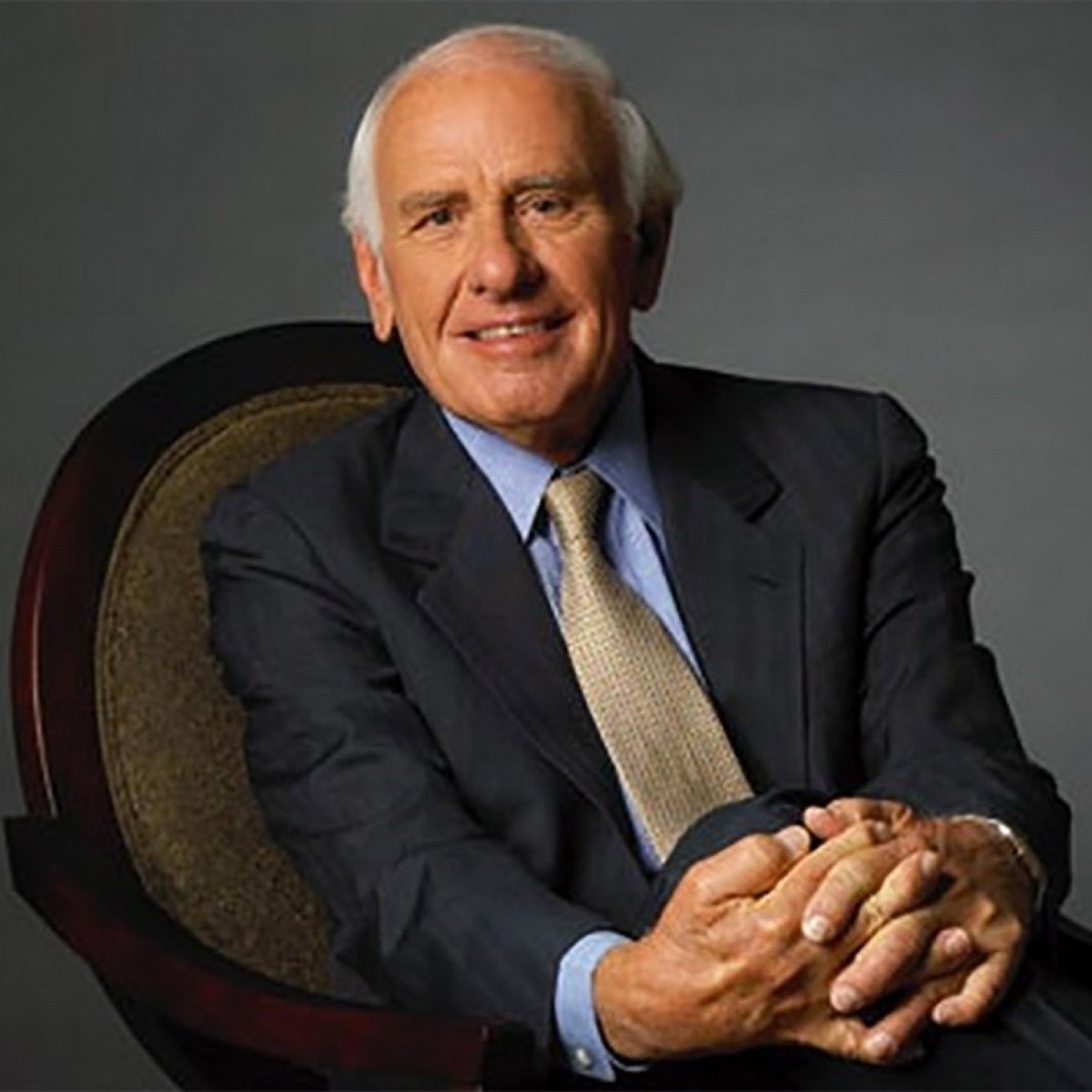Discipline vs Motivation: What drives success? - Mel Robbins
Digest
Mel Robbins, a renowned author and speaker, delves into the concept of discipline versus motivation, arguing that motivation is often a myth. She explains that our brains are designed to protect us from discomfort and uncertainty, leading to hesitation and procrastination. This hesitation, even in micro-moments, triggers a stress response in the brain, leading to self-doubt and a desire to avoid challenging situations. Robbins introduces the 5-Second Rule, a simple yet powerful technique that involves counting backwards from five and then taking action. This method interrupts the habit loop in the brain, awakens the prefrontal cortex, and prompts us to move from thinking to doing. By interrupting hesitation and triggering action, the 5-Second Rule helps us overcome self-doubt, procrastination, and the knowledge-action gap. Robbins emphasizes that everyone, regardless of their achievements, struggles with self-doubt, and that the key to success lies in making decisions and taking action, even when we don't feel like it.
Outlines

Introduction
This Chapter introduces the Resilient Mind Podcast and the topic of the episode: Discipline versus Motivation, featuring Mel Robbins.

The Power of Decision
This Chapter explores the concept of hesitation and its impact on our brains. Mel Robbins explains how hesitation triggers a stress response, leading to self-doubt and procrastination. She argues that our brains are wired to protect us from discomfort and uncertainty, and that we need to learn to overcome this tendency to achieve our goals.

The 5-Second Rule
This Chapter introduces the 5-Second Rule, a technique developed by Mel Robbins to overcome hesitation and procrastination. She explains how counting backwards from five and then taking action interrupts the habit loop in the brain, awakens the prefrontal cortex, and prompts us to move from thinking to doing. Robbins shares her personal experience with the 5-Second Rule and how it helped her overcome her own procrastination and achieve her goals.

Embracing Imperfection
This Chapter emphasizes the importance of accepting our flaws and using them to our advantage. Mel Robbins encourages listeners to embrace their weaknesses and use techniques like the 5-Second Rule to overcome them. She argues that we are all capable of change and that the key is to make decisions and take action, even when we don't feel like it.
Keywords
5-Second Rule
A technique developed by Mel Robbins to overcome hesitation and procrastination. It involves counting backwards from five and then taking action, interrupting the habit loop in the brain and prompting us to move from thinking to doing.
Mel Robbins
A renowned author and speaker known for her work on overcoming procrastination and achieving goals. She is the author of the book "The 5 Second Rule" and a frequent speaker on topics related to motivation, self-discipline, and personal growth.
Hesitation
A moment of pause or delay before taking action. In the context of the podcast, hesitation is described as a natural response to discomfort and uncertainty, but it can also lead to procrastination and missed opportunities.
Prefrontal Cortex
The part of the brain responsible for executive functions, including planning, decision-making, and self-control. The 5-Second Rule is said to awaken the prefrontal cortex, helping us to make more conscious and deliberate decisions.
Habit Loop
A pattern of behavior that is repeated so often that it becomes automatic. The 5-Second Rule is designed to interrupt these habit loops, allowing us to break free from procrastination and self-doubt.
Knowledge-Action Gap
The difference between knowing what to do and actually doing it. Mel Robbins describes this gap as a common struggle for many people, and the 5-Second Rule is presented as a way to bridge this gap.
Self-Doubt
A lack of confidence in one's abilities. Self-doubt is a common obstacle to achieving goals, and the 5-Second Rule is presented as a way to overcome it by taking action despite feelings of uncertainty.
Procrastination
The act of delaying or postponing a task, often due to feelings of fear, anxiety, or lack of motivation. The 5-Second Rule is presented as a way to combat procrastination by interrupting the hesitation that often leads to it.
Decision-Making
The process of choosing between different options. Mel Robbins emphasizes the importance of making decisions, even when they are difficult, as a key to achieving goals and changing our lives.
Motivation
The force that propels us to act. Mel Robbins argues that motivation is often a myth and that we need to rely on discipline and action to achieve our goals.
Q&A
Why is it so hard to do the things that we know we should do?
Mel Robbins explains that our brains are wired to protect us from discomfort and uncertainty, leading to hesitation and procrastination. This hesitation triggers a stress response in the brain, leading to self-doubt and a desire to avoid challenging situations.
What is the 5-Second Rule and how does it work?
The 5-Second Rule is a technique that involves counting backwards from five and then taking action. This method interrupts the habit loop in the brain, awakens the prefrontal cortex, and prompts us to move from thinking to doing. It helps us overcome self-doubt, procrastination, and the knowledge-action gap.
How can I use the 5-Second Rule in my daily life?
You can use the 5-Second Rule to overcome procrastination, start new habits, and make decisions that align with your goals. For example, you can use it to get out of bed in the morning, start a new exercise routine, or have a difficult conversation.
Is the 5-Second Rule a quick fix or a long-term solution?
The 5-Second Rule is a tool that can help you break free from procrastination and self-doubt, but it's not a magic bullet. It requires consistent practice and a commitment to making decisions and taking action.
What are some of the benefits of using the 5-Second Rule?
The 5-Second Rule can help you overcome procrastination, increase your confidence, improve your decision-making, and achieve your goals. It can also help you to break free from negative thought patterns and create positive change in your life.
Why is it important to embrace our flaws?
Mel Robbins argues that we are all flawed and that trying to be perfect in every area is unrealistic and can lead to frustration. Instead, she encourages us to accept our weaknesses and use techniques like the 5-Second Rule to overcome them.
How can I overcome the knowledge-action gap?
The 5-Second Rule is a powerful tool for bridging the knowledge-action gap. By interrupting hesitation and triggering action, it helps us to move from thinking about what we need to do to actually doing it.
What is the role of decision-making in achieving our goals?
Mel Robbins emphasizes that our lives are shaped by the decisions we make. By making conscious and deliberate decisions, we can take control of our lives and achieve our goals.
What is the difference between discipline and motivation?
Mel Robbins argues that motivation is often a myth and that we need to rely on discipline and action to achieve our goals. Discipline is the ability to take action even when we don't feel like it, while motivation is often fleeting and unreliable.
How can I develop more self-confidence?
The 5-Second Rule can help you develop more self-confidence by interrupting hesitation and prompting you to take action. By taking action despite feelings of uncertainty, you can build your confidence and trust in your abilities.
Show Notes
Mel Robbins is an accomplished author, motivational speaker, former lawyer, and one of the most sought-after self-help experts in America. Her TEDx talk, "How to Stop Yourself Over," has been viewed over 25 million times and has helped millions of people around the world change their lives for the better.
Learn More About Mel's training: Make It Happen
Take action and strengthen your mind with The Resilient Mind Journal. Get your free digital copy today: Download Now





















